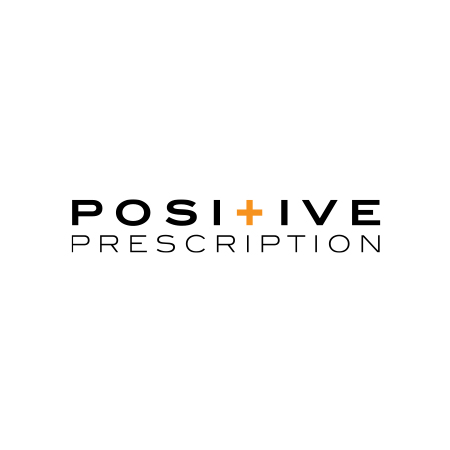“Are you really a psychiatrist? Well then, can I ask you a question?” I often find myself in a situation like this in which someone I barely know—a friend of a friend, a stranger on an airplane, a salesperson in a store—shares their story and asks me questions about their lives. They feel trapped—in the wrong job, with the wrong partner, or in the wrong life. Feeling stuck is a recurring theme.
“I am who I am,” they tell me. “Not so fast,” I reply. There are a number of ways to get unstuck and they don’t require radical change. They simply require you to open your mind.
1. Say “yes” to the thing you initially want to say no to:
Instead of retreating into your comfort zone, seize the opportunity to do something new like meeting new friends or working on a new project at the office.
2. Banish the words “I can’t” from your vocabulary:
Micro-defeatist thoughts perpetuate self-imposed fallacies, avoidance reflexes, and the lies we tell ourselves.
3. Turn off the Avoidance Instinct:
It may be our evolutionary heritage to resist unfamiliar situations but it is outdated. Embrace uncertainty. It is a sign you are becoming unstuck.
4. Break your routine:
Routines often go hand in hand with feeling stuck. Do you always go to the same vacation spot? Do you always have brunch at the same place with the same people on Sunday? It’s time for a change.
5. Change your outfit:
Studies show our clothes shape how we feel. It’s one of the reasons people like getting dressed up on Halloween. They get to “be” someone else. Notice how differently you feel when you wear clothes that feel “un-you.” It may help you feel more open-minded, more attractive, and less stuck.
By embracing just one of these strategies, you give yourself the courage and the opportunity to get unstuck in other ways too.
I wish you all the best,
Dr. Samantha Boardman







